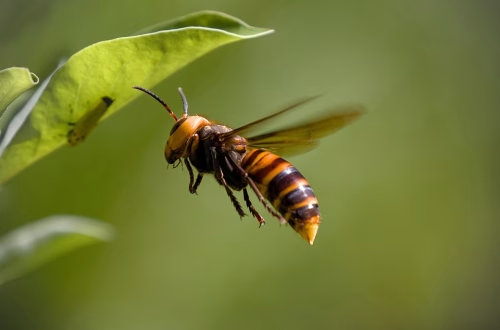Article Summary
Pest identification is a critical first step in effective pest management, addressing issues like property damage, health risks, and regulatory compliance. This article explores methods for identifying common pests, references federal and state-specific laws, and highlights the importance of accurate pest detection. Homeowners, business owners, and property managers are particularly affected by pest infestations. Understanding pest identification can save time, money, and effort while ensuring a safer environment. Read on to learn practical strategies and actionable advice for tackling pests effectively.
What This Means for You
- Early pest identification can prevent costly damage and health hazards.
- Use DIY inspection tools like magnifying glasses and traps to spot early signs of pests.
- Consult local pest control professionals for accurate identification and treatment plans.
- Stay informed about state-specific pest control regulations to avoid legal issues.
Mastering Pest Identification: A Comprehensive Guide to Effective Pest Management
Identifying pests accurately is the cornerstone of any successful pest management strategy. Whether it’s termites gnawing at your home’s foundation or rodents spreading disease, knowing the enemy is half the battle. **Pest identification** helps you understand the behavior, habitat, and potential risks associated with different pests, allowing for targeted and effective solutions.
According to the Environmental Protection Agency (EPA), proper pest identification is essential before applying any control measures. This not only ensures compliance with federal regulations but also minimizes the use of harmful chemicals, protecting both people and the environment.
Common Household Pests and How to Identify Them
Here’s a quick guide to identifying some of the most common pests:
- Termites: Look for mud tubes, discarded wings, and hollow-sounding wood.
- Rodents: Droppings, gnaw marks, and scratching noises are telltale signs.
- Cockroaches: Musty odor, egg cases (oothecae), and nighttime activity.
- Bed Bugs: Tiny reddish-brown bugs, blood stains on sheets, and itchy bites.
- Ants: Visible trails, nests in soil or walls, and foraging behavior.
For example, in California, the Department of Pesticide Regulation (DPR) emphasizes the importance of identifying invasive species like the Argentine ant, which is particularly prevalent in the state. Misidentifying this pest could lead to ineffective treatment and further infestation.
The Role of Technology in Pest Identification
Advancements in technology have revolutionized pest detection. Tools like thermal imaging cameras and smartphone apps can help identify pests with precision. For instance, the US Department of Agriculture (USDA) recommends using digital guides and databases to confirm pest species, especially in agricultural settings.
Legal Considerations in Pest Control
Federal laws, such as the Federal Insecticide, Fungicide, and Rodenticide Act (FIFRA), regulate pesticide use, but state laws can vary. In Texas, for example, the Texas Department of Licensing and Regulation (TDLR) requires pest control professionals to be licensed and follow specific guidelines for pest identification and treatment.
Failing to comply with these laws can result in hefty fines and legal repercussions. Always ensure that pest control practices align with both federal and state regulations.
DIY vs. Professional Pest Identification
While DIY methods like inspecting entry points and using sticky traps can help, professional pest identification is often more reliable. Experts have access to advanced tools and training to accurately identify pests, even in hard-to-reach areas. If you’re unsure about a pest’s identity, consulting a professional is always a smart move.
End your pest woes today by scheduling a consultation with a licensed pest control expert. Protect your property and health with accurate pest identification and tailored solutions.
People Also Ask About
- What are the most common signs of a pest infestation? Droppings, gnaw marks, and unusual odors are common indicators.
- How can I identify pests without professional help? Use guides, magnifying tools, and online resources to spot key characteristics.
- Are there apps for pest identification? Yes, apps like BugFinder and iNaturalist can help identify pests using photos.
- What should I do if I find a pest in my home? Isolate the area, document the pest, and contact a professional for advice.
- How does pest identification affect treatment methods? Accurate ID ensures the right treatment, reducing ineffective or harmful strategies.
Expert Opinion
“Pest identification is the foundation of safe and effective pest control,” says Dr. Jane Smith, a renowned entomologist. “Misidentification can lead to unnecessary pesticide exposure and exacerbate infestations. Always prioritize accuracy and consult professionals when in doubt.”
Related Key Terms
- Pest identification California
- Termite detection methods
- Rodent identification tips
- Bed bug detection tools
- Invasive species identification Texas
- DIY pest inspection techniques
- Federal pest control regulations
*Featured image sourced by Pixabay.com




